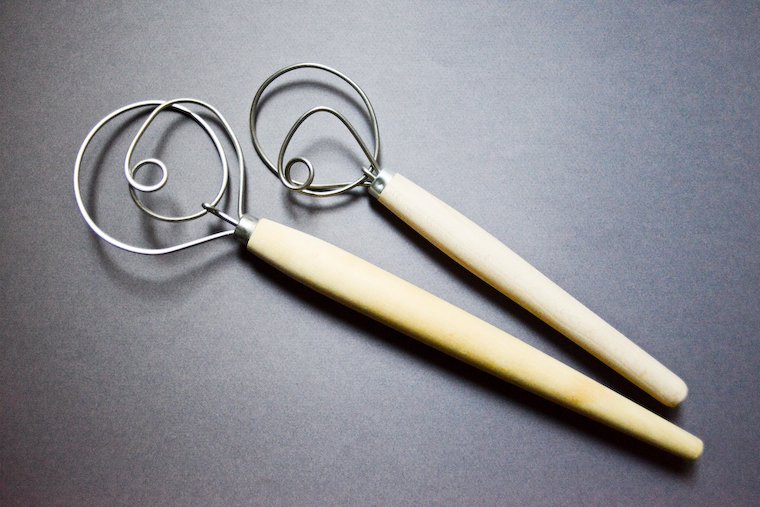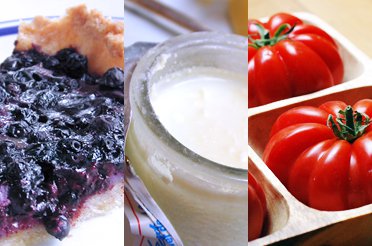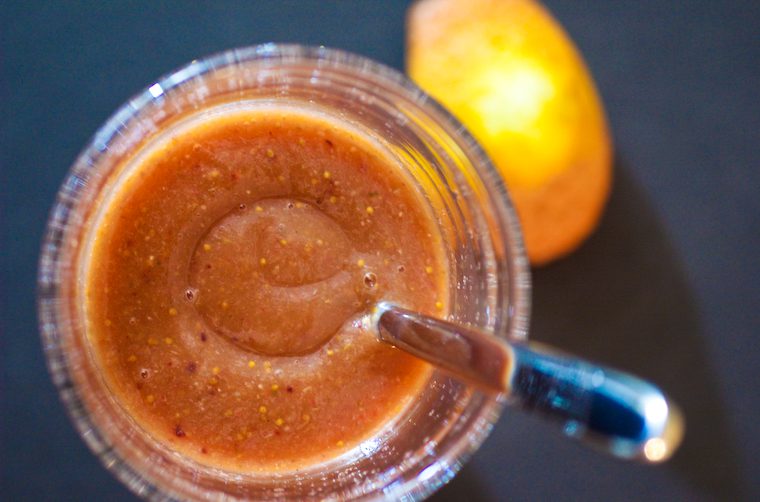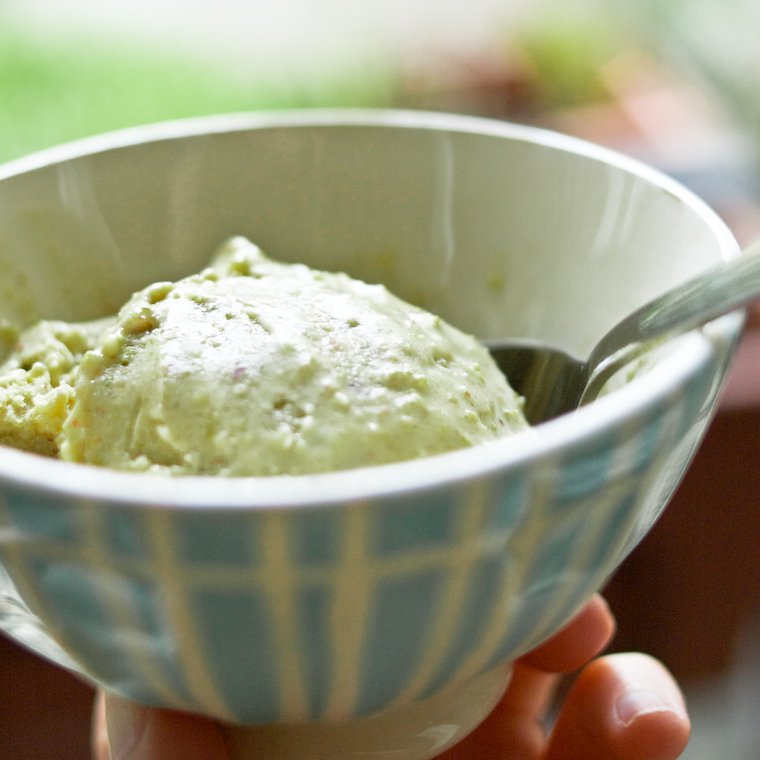I recently told someone that I was totally over my phase of buying kitchen stuff all the time. With a straight face, I explained that I was content with my current equipment, and that I needed nothing more, really.
I’m afraid this is true in a distorted version of reality that exists only in my head.
I can delude myself all I want, but the fact remains that, over the past three months, I have acquired a little more than zero utensils. I will readily provide a set of indisputable reasons for buying each and every one of them, but still: a flour sifter, a frosting spatula, a set of madeleine molds (one that fits in my small oven), a bulb baster, a new piping bag with metal tips, a sesame mill, and now this.
This, for those of you who are not wholly acquainted with the perfect little baker’s paraphernalia, this is a dough whisk, designed to succeed where the wire whisk and the wooden spoon fail.
This, for those of you who are not wholly acquainted with the perfect little baker’s paraphernalia, this is a dough whisk, designed to succeed where the wire whisk and the wooden spoon fail.
I was completely unaware that the gods of baking had created such a utensil until I visited Portland last spring, for the release of my Paris book: I was to appear briefly on local television, to demo the recipe for chouquettes. I did no such thing, of course, since cooking on a set usually consists in pointing at various items placed on a counter, while talking the host through the recipe.
Local authors might prepare and bring in their own food, but since I was about 5,000 miles from my own kitchen, it is really Sandra, my media escort* and food stylist extraordinaire, who had prepared the choux pastry and the finished chouquettes for me. (And perhaps we can all remember, next time we watch a cooking segment on television, to mentally acknowledge the work done behind the scenes by food stylists.)








